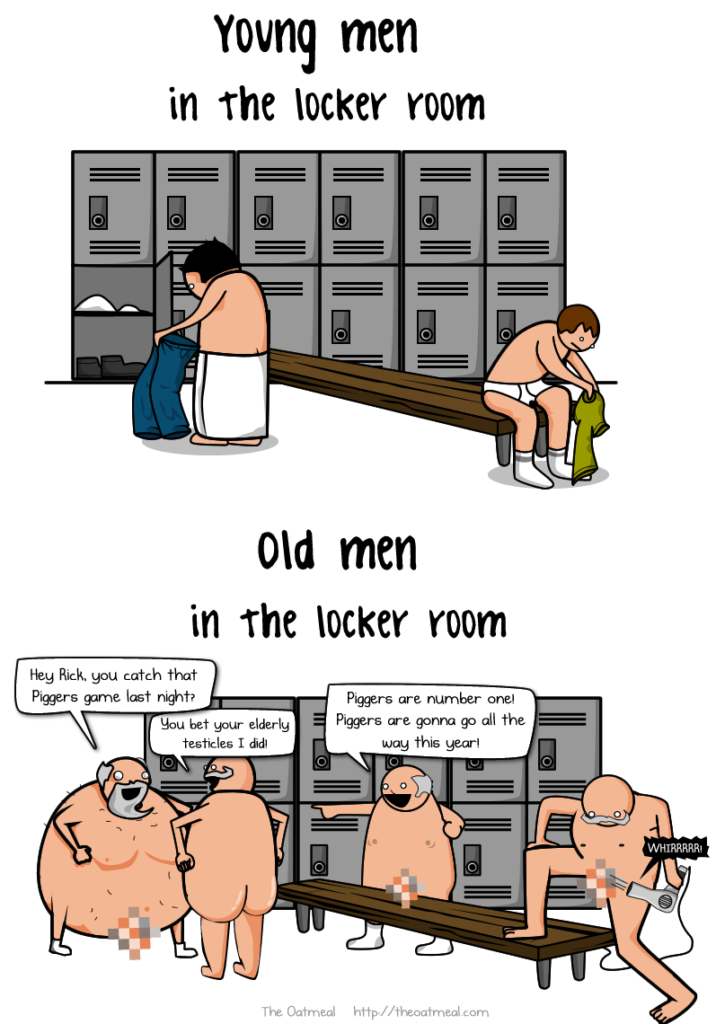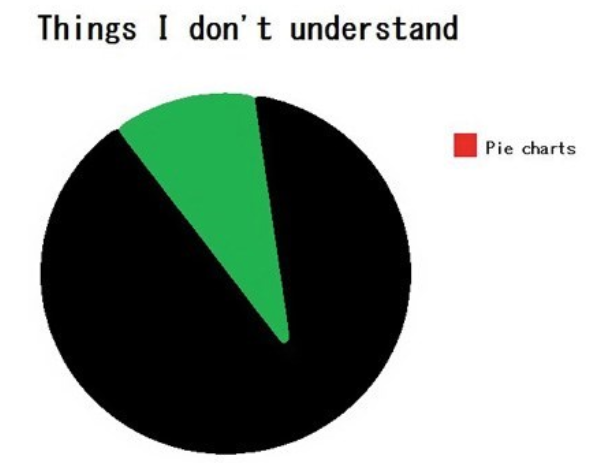Humor Toolkit I
Episode #4 of the course Humor: Science of how to be funny by David Urbansky
In the previous lesson, you learned about three humor theories. In today’s lesson, as well as the next two, we’re going to learn to use them to make something funny.
Irony
Irony occurs when reality is opposite from the expectation (e.g., when you say one thing but mean the exact opposite). The key here is “opposite,” not just different. Irony itself doesn’t have to be funny. For example, it’s ironic when a fire station is on fire. That’s the opposite of what you’d expect, but not funny. When you wear a shirt that says “Let there be sunshine” and go out in the rain, it’s getting there. When you add some attitude to the mix, you get sarcasm and it starts to get funny. If you’re standing in the rain and say, “Wow, what a great day!” in a sassy voice, you’re being sarcastic.
Attitude + Irony = Sarcasm
This famous webcomic sums it up quite nicely.

Observations
When making a reference to or observation of something the audience can relate to it makes them think “Oh, yeah, I’ve experienced that but didn’t know others had too.” This realization makes them laugh. The more unique and relevant the reference, the funnier it will be. If the reference is too obvious, however, you can quickly run into dangerous cliché territory (e.g., blonde jokes).
If you watch stand-up comedy, you will be very familiar with this style of humor. Many stand-up comedians even start a joke with the phrase “Have you ever noticed…” before drawing your attention to an observation that you might relate to. Check out Bill Burr’s “What Separates Me from Psychos.”
A “callback” is a type of reference to an earlier observation or joke. Almost all stand-up comedians end their performances with a callback since a laugh is almost guaranteed.
For example, check out this Oatmeal comic, which is a great observation that many people who go to the gym can relate to:

[5]
Or have you ever gotten up in the middle of the night to pee? Maybe this observational meme makes you smile:

Character
The character is mostly used in TV shows, films, and books and is one of the oldest ways to trigger laughter. The formula is to take a character, give them a couple of traits, then let them act on those traits. Over thousands of years, a few archetypes have been used again and again. For example:
• The Dummy. Back in the Middle Ages, it was the court jester who juggled, was clumsy, fell, and hurt himself. In the movie Dumb and Dumber, Jim Carrey plays Lloyd as the perfect dummy archetype.
• The Bumbling Authority. Someone that thinks they have power, but is obviously a fool (e.g., Doofy, the cop in Scary Movie).
• The Trickster. Someone playing tricks on others (e.g., Bugs Bunny)
• The Manchild. The man with boyish attitude (e.g., Will Ferrell in many of his movies)
• The Know-It-All. Someone who thinks to have all the answers (e.g., Sheldon from “Big Bang Theory”) [1]
Parody
Parody imitates and makes fun of a style of media. The medium to be parodied needs to be well known to the audience so they can compare the imitation to the real thing. Only the content of the parodied medium changes. The laughs from parody mostly come from the delivery and presentation, so the closer the style (e.g., voice, rhythm, tone, look, vocabulary) is to the original, the funnier it gets.
For example, The Onion parodies actual news. The headlines are written as if they were real news:
• “Study Reveals: Babies Are Stupid” [2]
• “Zombie Nutritionist Recommends All-Brain Diet” [3]
• “’Well, Why Did I Get Vaccinated Then?’ Screams Burning Woman After Realizing She Can Still Catch Fire” [4]
The Scary Movie series makes fun of (horror) movies and Axis of Awesome’s “Four Chord Song” parodies the simplicity of popular music.
In parody memes, pie charts are an all-time favorite:

Also worth watching are Saturday Night Live’s parodies of commercials (e.g., “Amazon Alexa”).
Tomorrow, we’ll learn about physical comedy, analogies, exaggerations, and dark humor!
“If you would not be laughed at, be the first to laugh at yourself.” —Benjamin Franklin
Recommended book
The Comic Toolbox: How to Be Funny Even If You’re Not by John Vorhaus
References
[1] 12 Character Archetypes Every Actor Should Know
[2] From the Onion: Study Reveals: Babies Are Stupid
[3] Zombie Nutritionist Recommends All-Brain Diet
[5] Young Men in the Locker Room vs Old Men in the Locker Room
Share with friends

